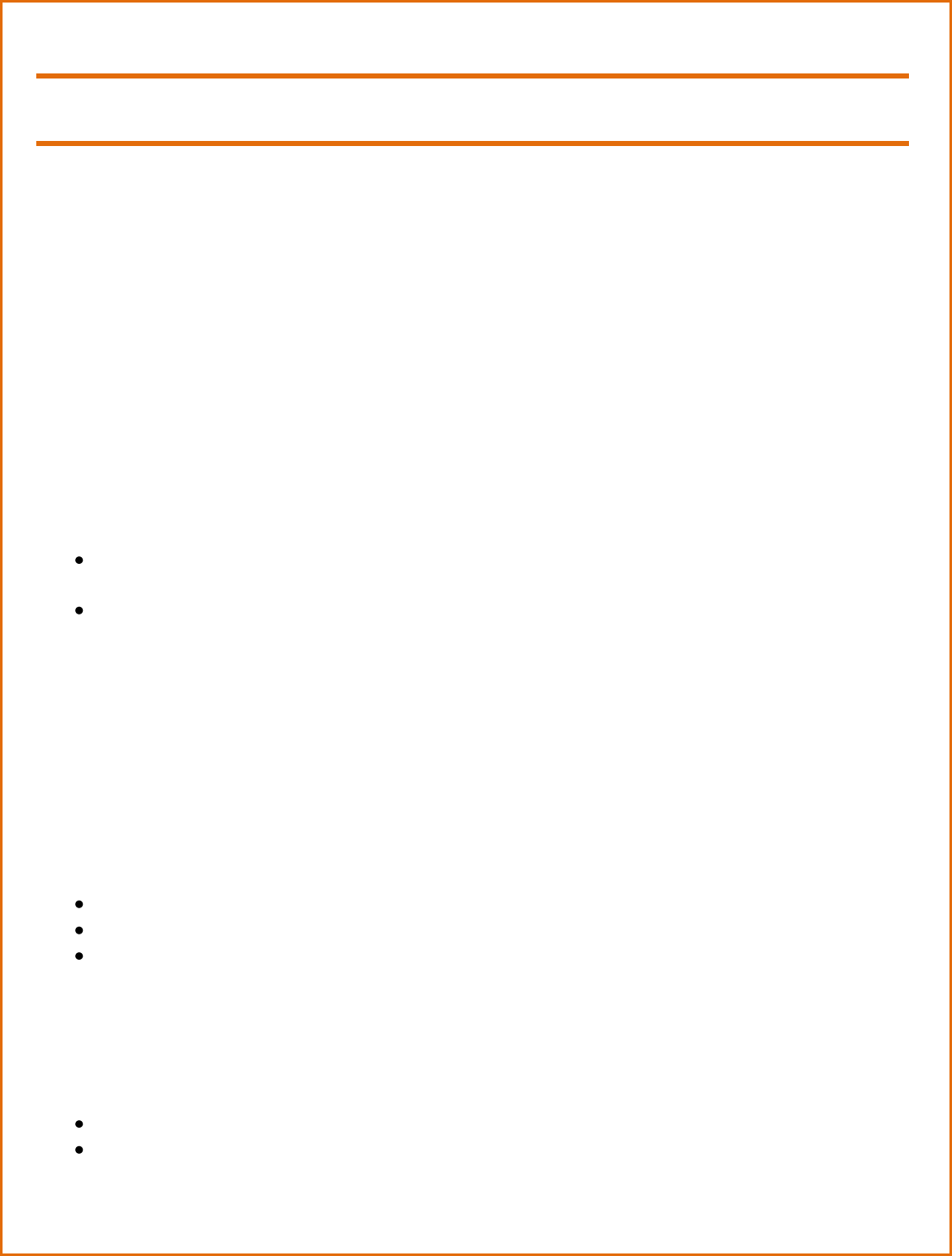
O R E G O N S T A T E U N I V E R S I T Y E x t e n s i o n S e r v i c e
WATER STORAGE FOR EMERGENCIES
SP 50-835, Reprinted March 2013
Before the Emergency
You can store water from safe sources to prepare for emergencies.
Amount of Water to Store
Store 1 gallon of water per person per day. A three day supply is recommended. This is enough water for
drinking, food preparation, and personal hygiene.
Storage Containers
Water should be stored in containers manufactured for food use such as plastic soda bottles, juice
bottles and water jugs with screw-on lids. Special water carriers used for camping are also good.
Plastic milk containers are not recommended for long term storage because they are made from a
biodegradable plastic.
Preparing Water for Storage
City water from municipal water sources is already treated so no additional treatment is
necessary. Fill clean, food grade containers with tap water and screw on lids.
Water from a well or spring that is known to be pathogen-free but isn’t chemically treated
should be purified by either adding bleach or by boiling:
o Option 1: Add two drops chlorine bleach per gallon. (Use 5.25% sodium hypochlorite
that does not contain fragrance or soap.)
o Option 2: Bring the water to a full rolling boil, boil one minute, and cool.
Fill clean, food grade containers with purified water and screw on lids.
Storage Conditions
Store water containers away from cleaning supplies, fertilizer and other products with strong odors.
These odors could be absorbed by the storage containers and transferred to the water.
Use of Stored Water
Once the container is opened, use the water rather than re-storing it.
If stored water has a flat taste, pour it back and forth between two containers several times.
Replace (rotate) stored water every six months.
After an Emergency
If you don’t have a stored supply of clean water at the time of an emergency, you’ll need to seek
alternative sources.
Emergency Inside Water Sources
Water heater tank
Toilet tank
The water heater tank and the toilet tank (not the bowl) are water sources that you might be able to use
in time of emergencies. If there have been warnings that the public water supply isn’t safe, turn off the

water to your house before using these sources to prevent contamination. Turn off the water heater
before emptying it. Open the drain at the bottom of the tank.
Emergency Outside Water Sources
Rain water
Ponds or rivers
Untested wells and springs
Avoid water with floating materials, an odor, or dark color. Don’t drink flood water.
Purifying Water
You should purify water when the safety is questionable.
Supplies:
Food grade containers for storage of water
Funnel
Filters: coffee filters, clean cheese cloth, clean jelly bag or tea towel or pillow cases.
Eye Dropper
Unscented chlorine bleach (5.25% sodium hypochlorite).
Large clean pan with lid for boiling water
Purification Procedure
Filter water.
Boil 3 minutes at a full rolling boil. (Increase to 5 minutes at altitudes over 5,000 feet).
Cover and cool to room temperature.
Add 2 drops bleach per gallon if you will be storing the water.
Store the water in clean food-grade containers.
Adapted from Federal Emergency Management System, Cornell Cooperative Extension, OSU
Extension Service.
Source: OSU Master Food Preserver Program
© 2012 Oregon State University. OSU Extension Service cooperating. OSU Extension Service offers educational programs,
activities, and materials without discrimination based on race, color, religion, sex, sexual orientation, national origin, age,
marital status, disability, or disabled veteran or Vietnam-era veteran status. OSU Extension Service is an Equal Opportunity
Employer.
